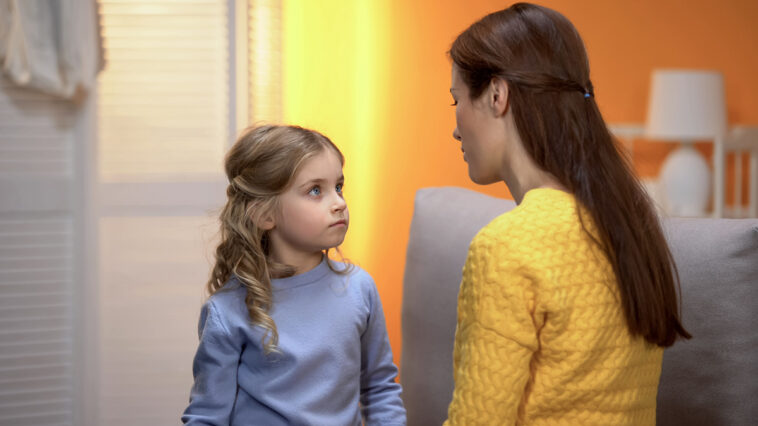First, it is important to understand what exactly COVID-19 is and why it has become a case for concern. The human coronaviruses are a family of viruses that are most typically known for causing the common cold. Most people have been exposed to one of these viruses at some point in their lives. We all know what the common cold is: cough, runny nose, fever that lasts for a few days and then resolves. Most people do not seek medical attention for this and the media never writes a story about the common cold. It’s common! So why is this any different?
The difference is that the COVID-19 virus is a new coronavirus. It was first discovered in China in December 2019. The virus is named SARS-CoV-2 and the disease it causes is the “coronavirus disease 2019”, abbreviated as COVID-19. In the past few months it seems to have rapidly spread from China and is now worldwide. Because it is a new virus, it is hard to predict how it will affect people. We are continuing to learn more and more about the new virus every day. Fortunately, for the majority of cases, symptoms are mild much like the common cold; however, this virus is very contagious and can be dangerous to older people and people with underlying medical conditions such as lung disease, heart disease, diabetes and suppressed immune systems (i.e. cancer, HIV, or other immunodeficiency). The CDC recently reported that 16% of cases in China resulted in serious illness.
So why all the precautions?
Although this illness is mild for children and otherwise healthy adults, we all affect the health of those around us and must take necessary precautions to keep those around us healthy. There have been multiple cases of people without symptoms testing positive for the virus. This means they can pass the disease without knowing they are sick. If they pass it to a healthy person who then takes it home to an elderly loved one or a chronically ill family member, they can give them a potentially serious illness, which could result in death. This is why the CDC is asking everyone to take the necessary precautions of social distancing, washing hands frequently, only going out of the house when necessary, and limiting contact with older adults and persons with chronic diseases.
So how do we discuss this with our children?
COVID-19 has dramatically changed our daily lives for the time being and you are stressed, scared, or even annoyed. Now imagine how your young child is feeling. This can be overwhelming and lead to behaviors that can create a stressful home. They might have questions that you do not know how to answer. After all, we are all trying to make the best of an unprecedented situation. Here are some recommendations from pediatricians and family psychologists on how to discuss the situation with your children.
Start off by asking them questions about what they know. The conversation should be age directed. It is very possible that what your child is worried about is not what you are worried about. For instance, you might be concerned about the light bill and having enough food for dinner, whereas your first grader might be worried if he is going to see his friends again or not. These are two very different conversations. So, start the conversation with, “Tell me what you know about what is happening?” or “What are you worried about or scared of?” Then you can direct your answers accordingly. Remember, limit your response to simply answering the question and providing comfort with reassurance.
For toddlers and preschoolers, limit your discussion.
•Reiterate that your child is perfectly safe and they can do a big part by doing as you do (washing hands, coughing into a tissue or their elbow, and using hand sanitizer frequently).
•Try to create a safe environment and limit any concerning tones or conversation to areas where your child cannot hear you.
For early elementary school ages (K-2nd grade), use concrete terms.
•Ex: “Yes, there is a virus that is like the cold that you have had in the past. You are just fine now and will continue to be. However, it is important we keep everyone healthy by washing hands, etc. (as above).”
For late elementary school ages (3rd-5th grade), expand on what you tell them but try to omit terms like death and dying.
•You can tell them this can be a bad cold (like the flu) for people who are older and they can play a big part in keeping everyone healthy.
•It is important for them to feel empowered and that they can do something to help. Remember social distancing, hand hygiene, and avoiding trips to older relatives’ houses.
For children over 10 years old, start to discuss more of the science of what Coronavirus is and what is going on if you feel like your child is developmentally appropriate.
•Again, avoid terms that can lead to anxiety, feelings of impending doom, or fears of dying.
•Stick to the facts: This is a cold-like illness that is mild in children and other healthy people, but spreads quickly, so we must take precautions to protect those who are not healthy.
•Again, try to empower your child in how they can help.
Overall, remember to be a good role model. Your children are looking to you and watching how you react. Avoid social media and excessive media coverage on TV. Try to keep your daily routines as much as possible. Wake up at your typical time, eat breakfast, do schoolwork, go to bed at typical bedtime, etc. Have clear expectations, give clear directions, and try to spend time with your children as much as possible in a fun and playful manner.
For more information, click here. This is a great resource for parents written for parents by medical professionals.
REFERENCES:
American Academy of Pediatrics. (2020, March 16th). Novel Coronavirus (COVID-19). Retrieved from https://healthychildren.org/English/health-issues/conditions/chest-lungs/Pages/2019-Novel-Coronavirus.aspx
Centers for Disease Control and Prevention. (2020, March 16th). Coronavirus (COVID-19). Retrieved from https://www.cdc.gov/coronavirus/2019-ncov/index.html
Fox, Darby. (2020, March 13th). Talking to Kids about the Coronavirus. Retrieved from https://www.darbyfox.com/
Schonfeld, D. (2020, March 18th). Talking to and Supporting Children During a Pandemic. https://www.youtube.com/watch?v=FcYZWiF3PNc&feature=youtu.be




Comments